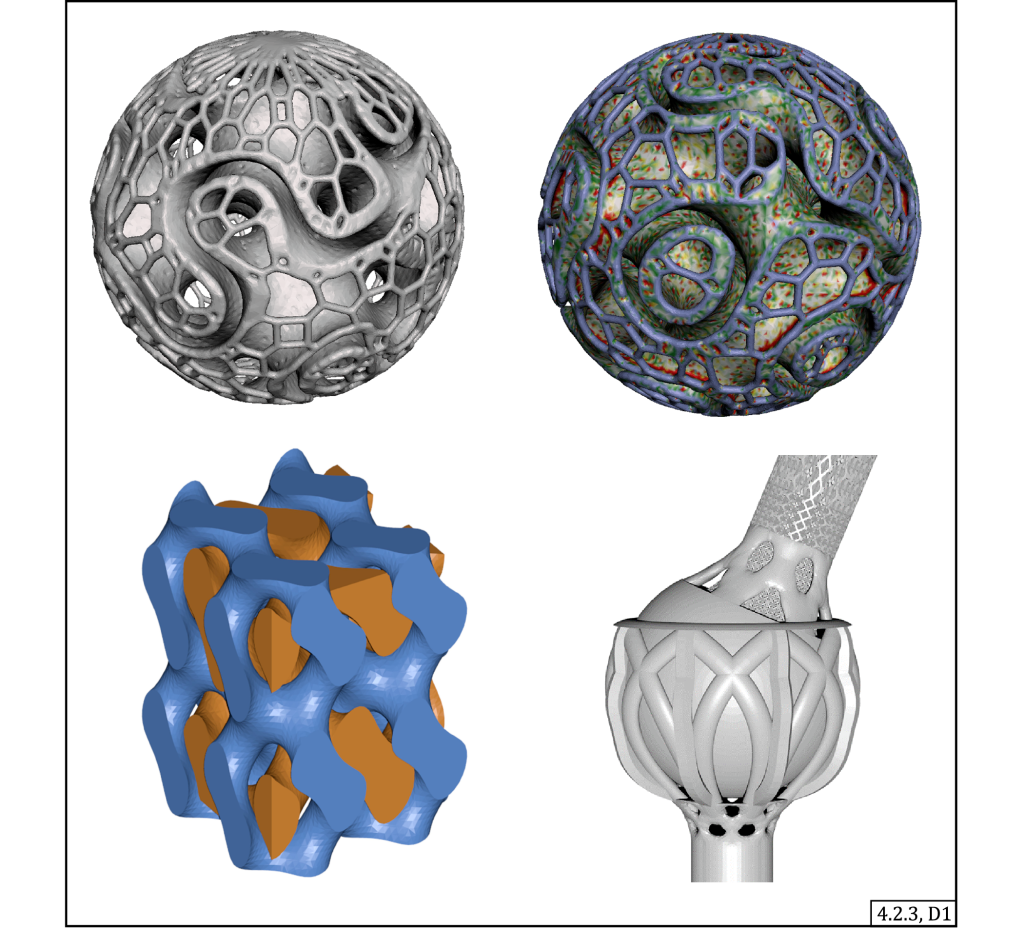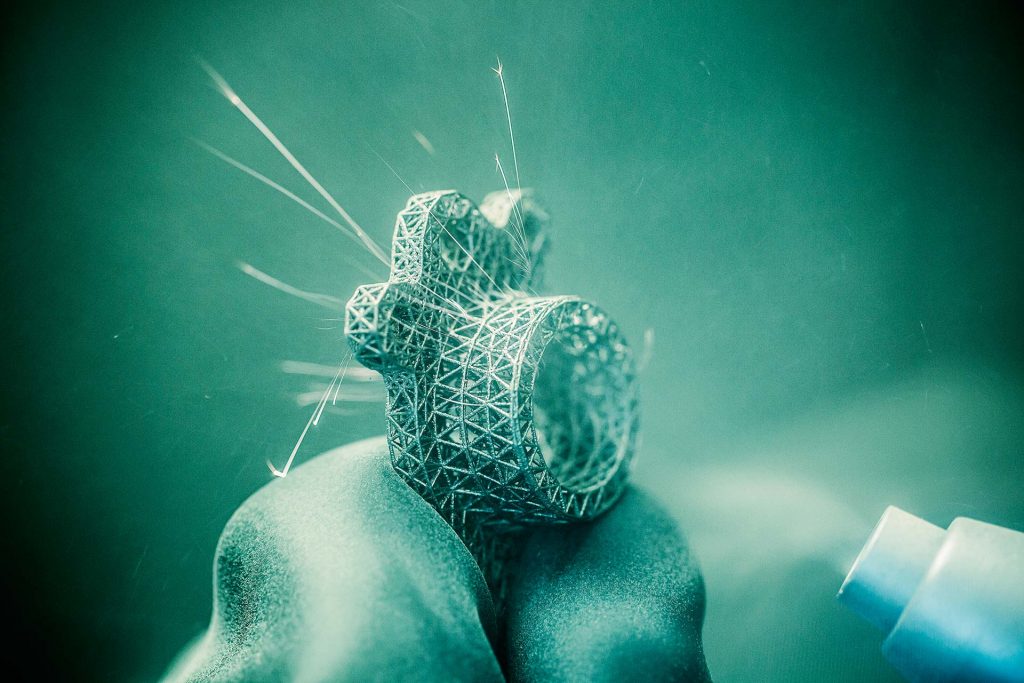Backed by research from the National Institute of Standards and Technology (NIST), the American Society of Mechanical Engineers (ASME) has published an updated standard outlining design guidance specifically for 3D printed parts.
Named ‘Y14.46 – Product Definition for Additive Manufacturing’, the standard aims to enable engineers to create clearer, more consistent, and more human-readable design documents for 3D printing. This will ultimately help engineers better communicate their complex ideas with manufacturers and product inspectors, driving the adoption of 3D printing at larger scales.
“The industry is in a digital transformation right now, moving away from physical 2D drawings, and additive manufacturing is one of the catalysts since it requires digital 3D models,” explains Fredric Constantino, an ASME project engineering adviser. “And if you’re working on one of those models, this standard will guide you in making it understandable to both 3D printers and other people.”

Challenges in 3D printing design
Engineers have relied on a common design standard for the better part of a century, drafting engineering drawings with symbols and conventions known the world over. This works great for conventional subtractive manufacturing techniques, as these processes tend to involve blocky parts with relatively simple holes, chamfers, and edges.
Unfortunately, the approach doesn’t transfer all that well to additive manufacturing technologies. In 3D printing, models are instead built on a layer-by-layer basis, which lends itself to much more complex part geometries with infill patterns, lattices, and cavities.
The lack of a standard for communicating additive manufacturing designs has meant that 3D printing engineers are ill-equipped to communicate the complex design features of their parts. As well as creating the risk of lost design information, this can make it difficult for technical designers to collaborate with their colleagues and other organizations, causing friction in industry.
Paul Witherell, a mechanical engineer at NIST, said, “Additive manufacturing has opened the door to a lot of unique design opportunities for engineers, but that freedom also creates challenges in communicating complex designs.”
The new Y14.46 standard
ASME initially addressed the standards issue back in 2014 when it formed a dedicated committee of engineers from industry, academia, and government. The collective was intended to develop a consistent approach to defining 3D printed parts, and was co-led by Witherell.
This committee created the Y14.46 standard over the course of a few years using research from NIST and released a draft version in 2017.
“We weren’t looking for ad hoc solutions. We were looking for solutions that could be standardized and implemented by the community to address these challenges with communication,” Witherell said. “We already know we can make good parts with additive manufacturing. Now the goal is to make lots of parts with additive manufacturing, and this is a necessary step.”
The final version of ‘Product Definition for Additive Manufacturing’ covers both the intricacies of the 3D printing process and the specifics of 3D printed parts themselves, including ways to document complex internal geometries. It addresses how factors such as build orientation and support structures can impact the strength and durability of 3D printed components.
Since additive manufacturing is inherently a digital technology, the standard also provides guidance on how to package 3D model data to make it readable to machines. Designers and engineers are expected to reference the new standard in conjunction with previously established standards, some of which cover basic design conventions for manufacturing in general.
“Some of ASME’s other standards go 10 years, 20 years without revision, but additive manufacturing is advancing so rapidly,” concludes Constantino. “We aim to keep pace by adding to this standard as time goes on, we expect it to evolve quickly.”

Additive manufacturing standardization
Insufficient standardization in the additive manufacturing sector is widely thought to be a roadblock to industrialization, but the industry is working towards jumping this hurdle. Just last month, global standards developer ASTM International introduced a new standard to provide guidance to medical device manufacturers on powder reuse within powder bed fusion (PBF) processes. Now available as F3456, the standard was developed by ASTM’s additive manufacturing technologies committee.
Elsewhere, the American Petroleum Institute (API) unveiled a new standard that’s designed to accelerate the adoption of additive manufacturing within the oil and gas sector. Standard (Std) 20S introduces a three-pronged approach setting out the technical, quality, and qualification requirements for 3D printing end-use parts for rigs.
Subscribe to the 3D Printing Industry newsletter for the latest news in additive manufacturing. You can also stay connected by following us on Twitter, liking us on Facebook, and tuning into the 3D Printing Industry YouTube Channel.
Looking for a career in additive manufacturing? Visit 3D Printing Jobs for a selection of roles in the industry.
Featured image shows complex part geometries made possible by 3D printing. Image via ASME.



